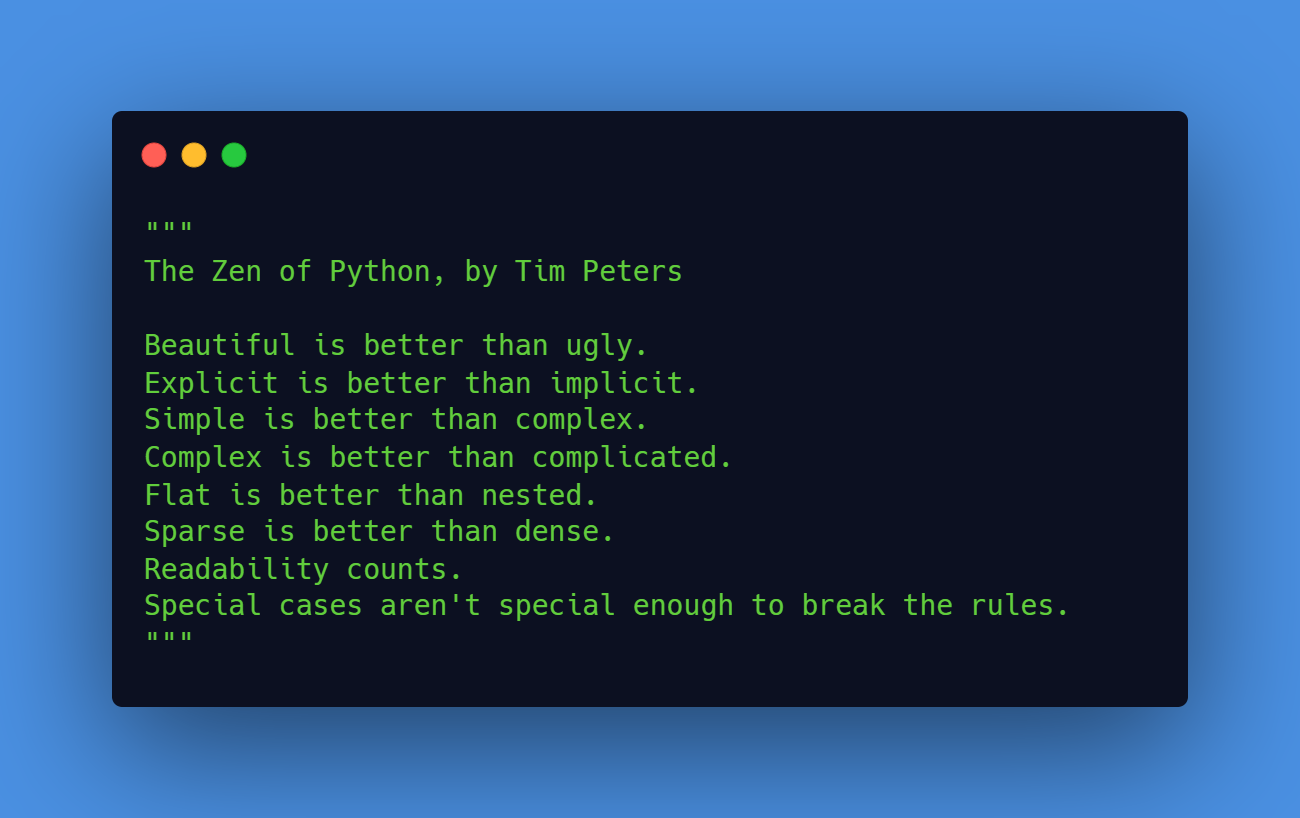Python is a powerful programming language that comes with a wide range of built-in exceptions to handle various errors and exceptions that may occur during the execution of a program.
However, sometimes the built-in exceptions may not be sufficient to handle the specific errors or exceptions that you may encounter in your code.
In such cases, Python allows you to define your own custom exceptions, which can be tailored to meet your specific needs.
In this article, we’ll take a deep dive into Python custom exceptions and cover the following topics:
- What are custom exceptions in Python
- How to create custom exceptions in Python
- How to raise and handle custom exceptions
- Tips and best practices for using custom exceptions in Python
What are custom exceptions in Python?
Custom exceptions in Python are user-defined exceptions that you can create to handle specific errors or exceptions that may occur in your code. They allow you to define your own exception class and customize it to meet your specific needs.
For example, suppose you are building a program that processes user input. You may want to create a custom exception to handle cases where the user enters an invalid input. You can create a custom exception class called InvalidInputException and define it to raise an exception whenever the user enters an invalid input.
Custom exceptions are useful when you want to handle specific errors or exceptions in a more elegant and organized way. They allow you to write cleaner and more readable code, as you can define your own exception class and specify the error message and other details that you want to include in the exception.
How to create custom exceptions in Python
To create a custom exception in Python, you need to define a new class that inherits from the Exception class. You can then customize the exception by defining the necessary attributes and methods.
Here’s an example of how to create a custom exception in Python:
class InvalidInputException(Exception): def __init__(self, message): self.message = message
In this example, we have defined a custom exception called InvalidInputException that inherits from the built-in Exception class. We have also defined an __init__ method that takes a message argument and sets it as an attribute of the exception.
You can customize the custom exception further by defining additional attributes and methods as needed. For example, you can define an __str__ method that returns the error message as a string:
class InvalidInputException(Exception): def __init__(self, message): self.message = message def __str__(self): return self.message
How to raise and handle custom exceptions
To raise a custom exception, you can use the raise keyword and pass an instance of the custom exception class as the argument. For example:
raise InvalidInputException("Invalid input")
Code language: JavaScript (javascript)To handle a custom exception, you can use a try-except block and specify the custom exception class in the except clause. For example:
try:
# code that may raise an exception
except InvalidInputException as e:
# code to handle the exception
Code language: PHP (php)If the code in the try block raises an InvalidInputException, the code in the except block will be executed.
Tips and best practices for using custom exceptions in Python
Here are a few tips and best practices to keep in mind when using custom exceptions in Python:
- Use descriptive names for your custom exceptions. This will make it easier to understand the purpose of the exception and where it is being raised in the code.
- Provide a useful error message in the custom exception. This will help you and other developers understand the cause of the exception and how to fix it.
- Only raise custom exceptions for exceptional situations. Custom exceptions should be used to handle errors or exceptional situations that are not covered by the built-in exceptions.
- Use custom exceptions sparingly. While custom exceptions can be useful in certain situations, it’s important to use them sparingly and only when necessary. Overusing custom exceptions can make the code harder to understand and maintain.
- Document your custom exceptions. It’s important to document your custom exceptions so that other developers understand their purpose and how to use them.
Conclusion
In this article, we covered Python custom exceptions and how to create, raise, and handle them. We also discussed some tips and best practices for using custom exceptions in Python.
Custom exceptions can be a useful tool for handling specific errors and exceptions in a more organized and elegant way.
However, it’s important to use them sparingly and only when necessary, and to document them well.

Leave a Reply